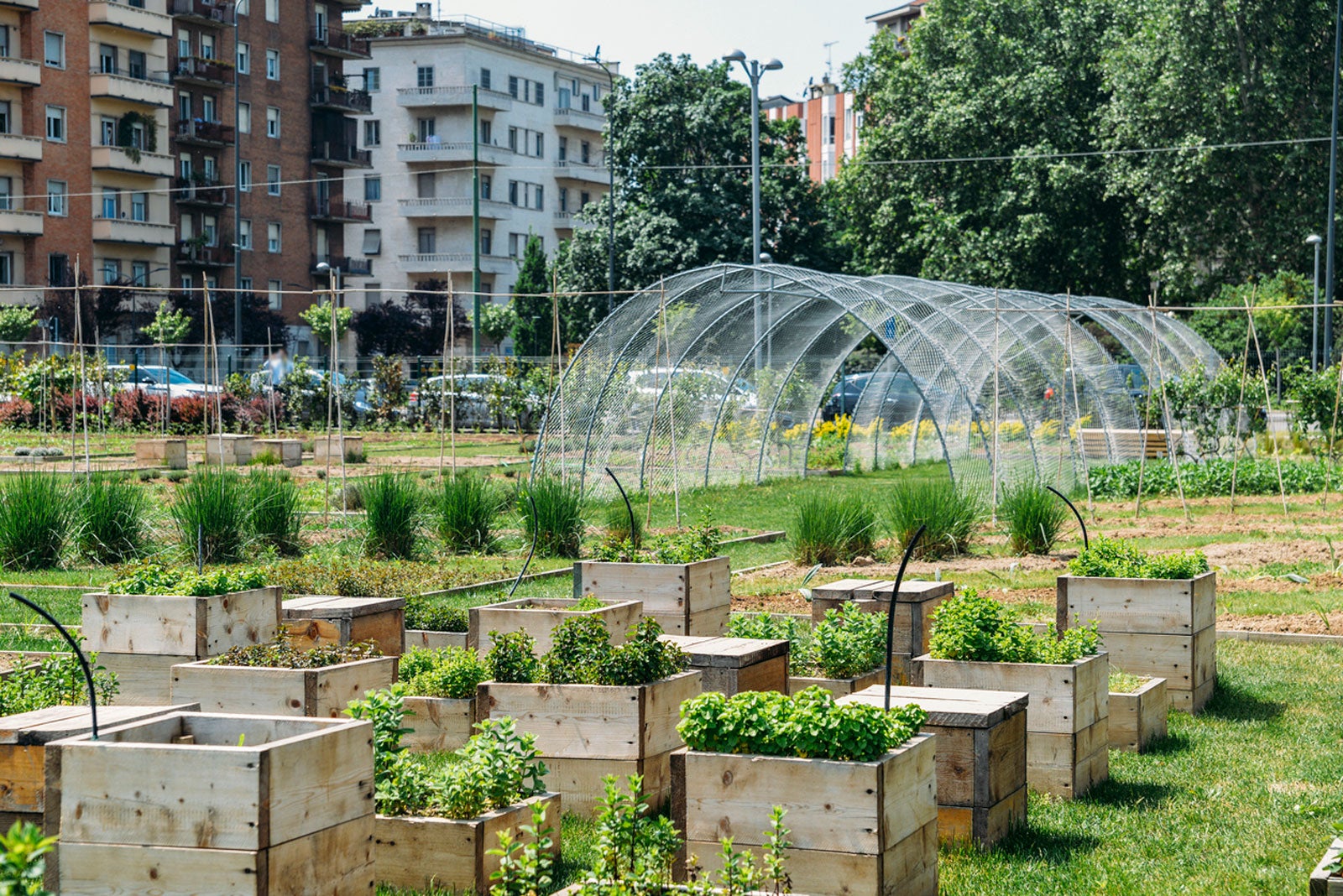Fascination About City Blooming
Intrigued in growing food for sale in the City of Chicago? Below is a list of frequently asked concerns pertaining to the guidelines and regulations that growers should consider when preparing an urban agriculture job.
The zoning modification does not modify any type of various other codes handling composting, building authorizations, purchasing or renting City possessed home, service licenses or ecological contamination. There are existing codes that regulate these issues and they stay in complete effect and may be appropriate to your project. Community yards are usually owned or taken care of by public entities, civic organizations or community-based organizations and maintained by volunteers.
Urban ranches expand food that is planned to be marketed, either on a not-for-profit or for-profit basis. Due to their commercial purpose, metropolitan ranches call for a service license. Yes. A community yard is allowed to sell surplus produce that was grown on site if the sales are accessory or secondary to the garden's main objective explained over.
Indicators on City Blooming You Need To Know
Composting is allowed yet just for plant material that is produced and made use of on site. The quantity of garden compost material can not surpass 25 cubic lawns at any given time according to the requirements in 7-28-715 of the City's Municipal Code. Yes. Since the dirt at a lot of brand-new yard sites needs modifying, garden compost, soil, wood chips, or other materials can be gotten to create or enhance the expanding space - container and raised bed gardening etc..

If a building license is required then the hoophouse will be considered an accessory building. You can learn more concerning the building authorization demands by speaking to the Division of Structures. The 25,000-square-foot dimension restriction is meant to stop a solitary area garden from controling a given block or diminishing the block's existing property or industrial personality.
The restriction does not relate to gardens located in Public Open Space (POS) areas. Can there be greater than one community garden that is 25,000 square feet on a single block? Yes. The dimension limitation puts on private yards, not to private blocks. No. Secure fencing is not called for, however, yards that have large car park locations may be needed to install fence or various other landscape design features.
Unknown Facts About City Blooming
B1 & B2 districts call for that all industrial usage tasks be conducted indoors. Is secure fencing needed for metropolitan farms? Fences might be needed, along with landscape design and testing, for specific auto parking areas and outside work or storage space areas depending on location and the specific activity taking place.
Yes. Urban farms require structure licenses and zoning approvals before building. Other kinds of city testimonial might be called for relying on details structures, tasks, size, landscape design, licensing, public health and stormwater monitoring problems. Much of these needs are recognized in the job design or permitting process, nonetheless, the candidate may be liable to independently recognize particular licenses or permits that might be required.
Yes. The sort of permit is established by what is taking place at the website. The Department of Service Affairs and Consumer Protection can aid identify the details kind of service license that's needed. Yes. Off road car park is required for most commercial jobs in Chicago. The needed variety of auto parking spaces is based on the variety of employees servicing site and not the square footage of the growing room.
6 Simple Techniques For City Blooming

A metropolitan farm can market compost material produced on site, however, the operation needs to abide with the guidelines in 7-28-715 of the Chicago Municipal Code. Aquaponic systems are allowed inside your home on metropolitan ranches in several zoning districts.
As much as 5 hives or nests of honey may be kept as an accessory usage. Nonetheless, beekeepers need to register with the Illinois Division of Agriculture. To learn more about the recommended zoning change you may contact the Division of Housing and Economic Development, Bureau of Preparation and Zoning at 312.744.8563.
Farming in cities and urban locations A city ranch in Chicago. Urban farming refers to numerous practices of growing. https://my-store-faa5b0.creator-spring.com/, handling, and dispersing food in metropolitan areas. The term likewise puts on the location tasks of animal husbandry, aquaculture, beekeeping, and horticulture in an urban context. Urban agriculture is distinguished from peri-urban agriculture, which happens in backwoods at the side of suburban areas.
City Blooming for Beginners
, who seek to develop social networks established on a shared ethos of nature and area holism. These networks can develop by method of official institutional support, coming to be integrated right into regional town planning as a "change town" movement for lasting city advancement.
The more direct access to fresh vegetable, fruit, and meat products that might be become aware with urban agriculture can boost food protection and food security while decreasing food miles, causing lower greenhouse gas discharges, consequently contributing to climate modification reduction. A few of the very first proof of city agriculture originates from Mesopotamia.
Comments on “City Blooming Fundamentals Explained”